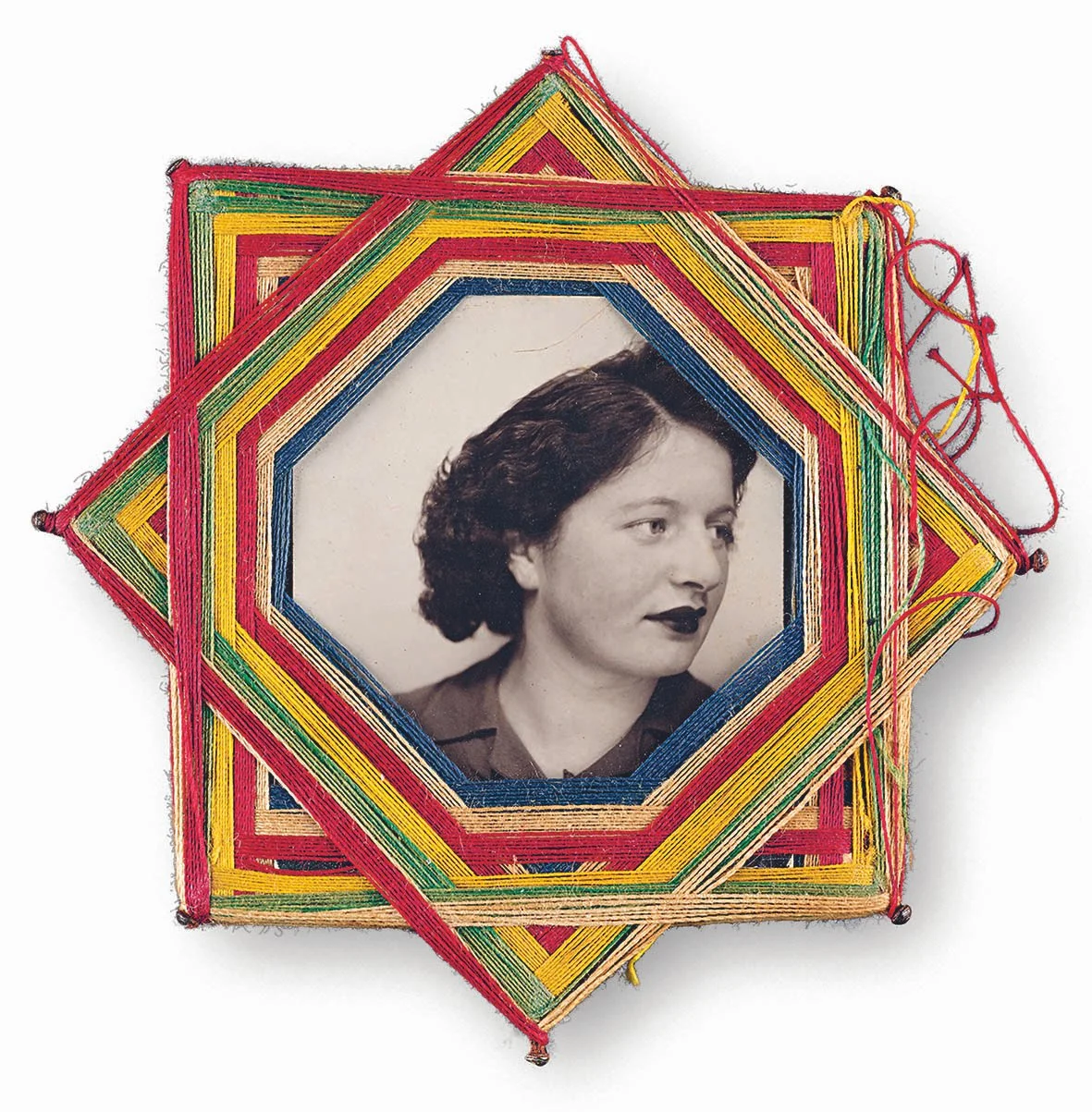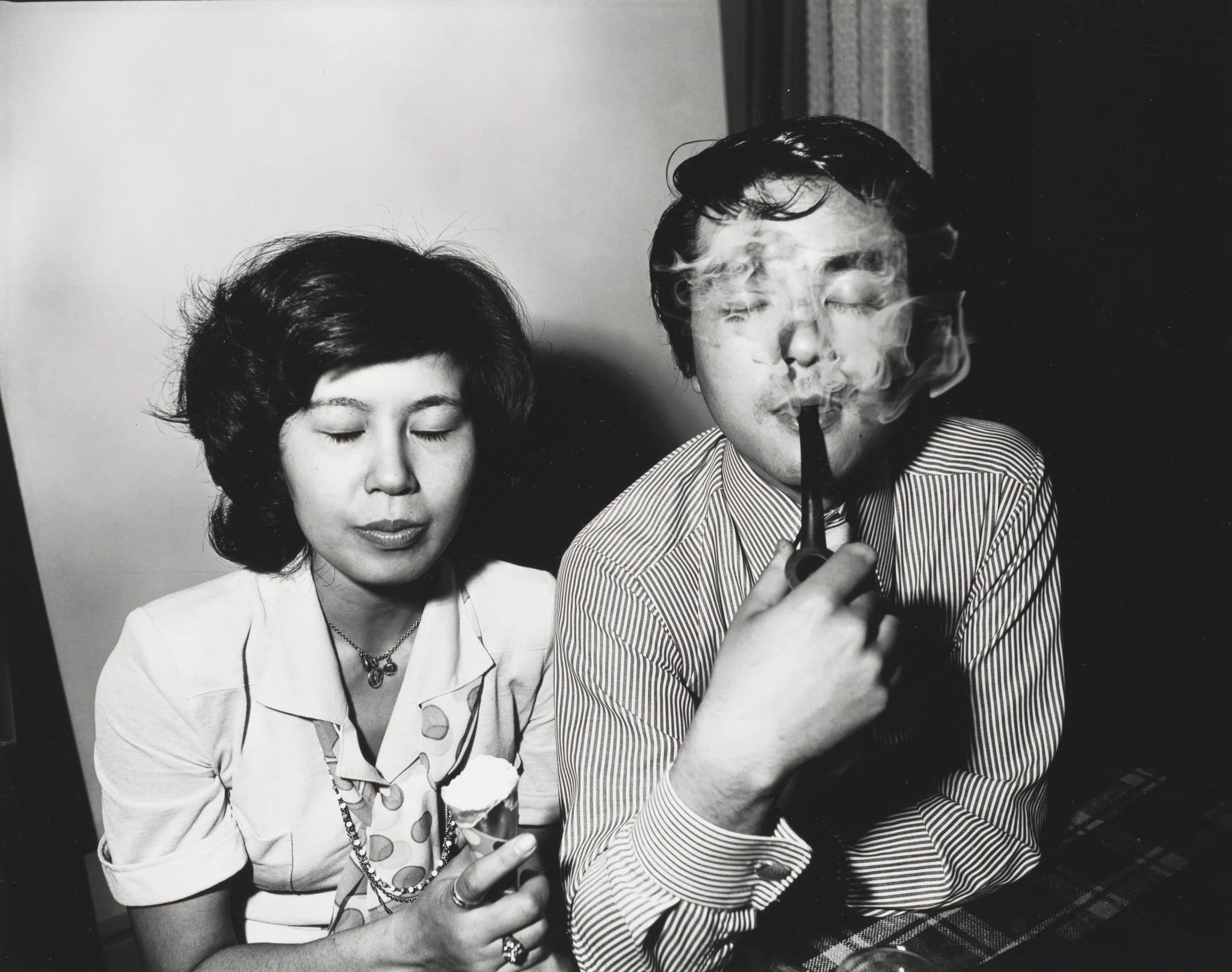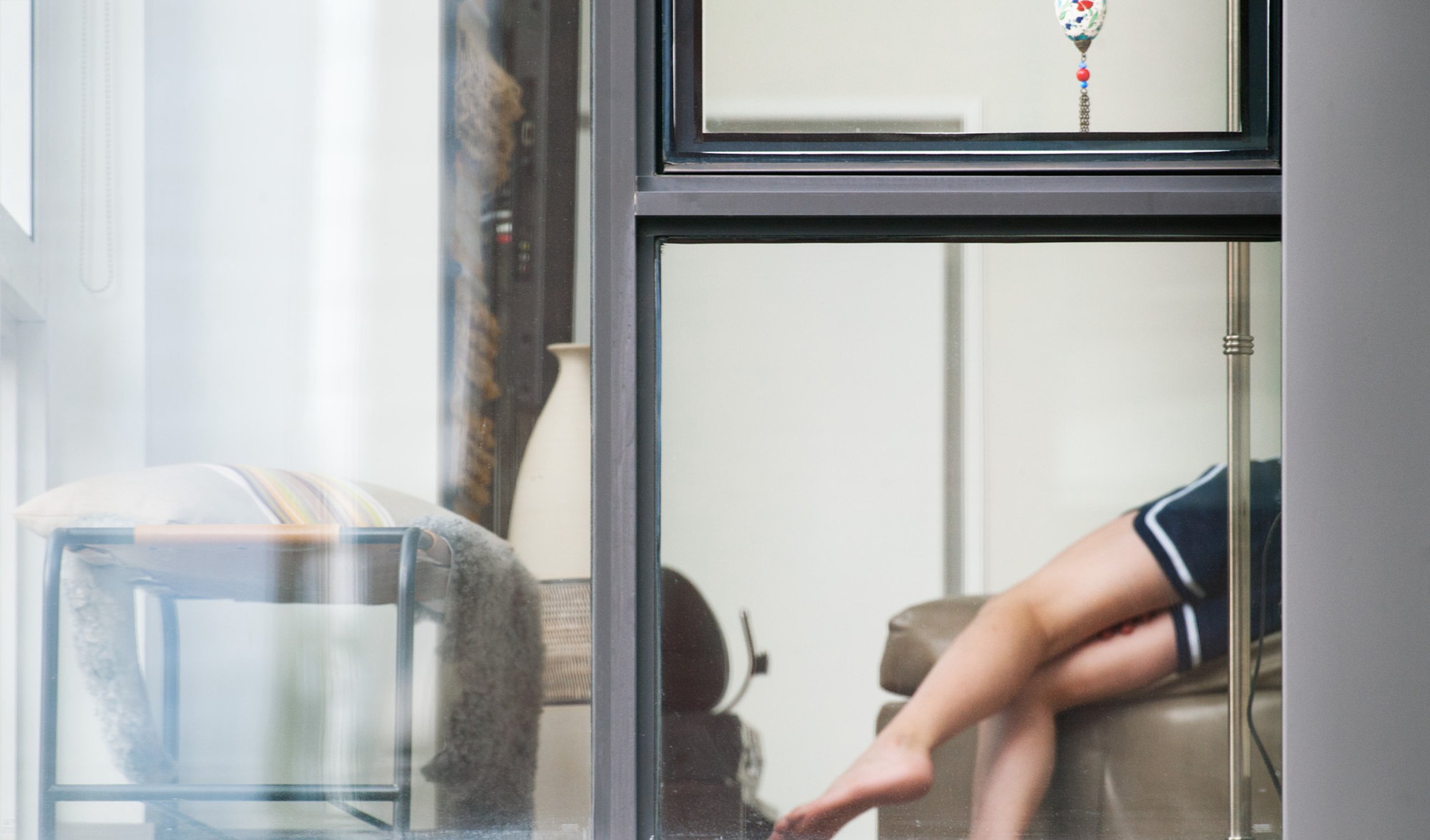Photomachinées | Collection de L’Art Brut
Anonymous, untitled, undated Marker on polaroid, 10,8 x 68,8 cm. Photo : Atelier de numerisation, ville de Lausanm Collection de l'Art Brut, Lausanne
Dated family photographs possess a unique ability to evoke nostalgia, a quality that digital cameras frequently struggle to replicate. It is hard to put your finger on the nuance that comes with film photography, which implies a kind of instantaneous moment.
Capturing a series of moments with your phone camera is effortless, whereas film photography is more meticulous. It forces people to be intentional about their actions within the frame.
The Brooklyn flea market offers boxes of family photos for around a dollar each. It is easy to pour through these images and contemplate the narratives they hold: Where are high school graduates now? Are old couples still alive? Did the blurry wedding photo result in a happy marriage?
Anonymous, untitled, undated Ink And photo print, 6 x 4,5 cm. photo : Atelier de numerisation, ville de Lausanne Collection de l'Art Brut, Lausanne
A series of 452 dated family photographs make up the thought-provoking collection titled Photomachinées. Currently on display at the Collection de L’Art Brut in Lausanne Switzerland, the collection, donated by Antoine Gentil and Lucas Reitalo, aims to manipulate the natural curiosity peaked by old film photos.
The photos have been hand-selected from various flea markets and stores- their original owners are all unknown. The collection derives its name from the fact that these photos have been ‘machinated’.
This process involves physically reworking or changing the original photograph to divert its function. This forces us to look at these photographs in an abstract way and derive meaning from the work that may not have been originally clear.
The image below provides a simpler example.
Anonymous, untitled, undated silver print, 8,6 x 6,2 cm. photo : Atelier de numerisation, ville de Lausanne Collection de l'Art Brut, Lausanne
Antoine Gentil, the sole curator, has cut out the faces of the two individuals standing next to the two main subjects in the image. This turns this family portrait into a haunting image where we cannot connect the familial dots.
This removes the intimacy of having a family positioned together and forces us to consider the lives of those two girls independent of the figures next to them.
All of the photos in the collection are dated to the mid-19th century, an important time in the history of film photography. By focusing on that period, the collection asks us to consider what was important enough to be captured on film and what was not.
By highlighting those questions, we can better explore what manipulated photos mean and how they may reveal themes that were not intended to be depicted in the original photographs.
Anonymous, untitled, undated photographic print, 9,5 x 5cm. photo : Atelier de numerisation, ville de Lausanne Collection de l'Art Brut, Lausanne
Anonymous, untitled, undated cotton thread, silver print, metal, and cardboard 7,3 x 7,2 x 0,7 cm. photo : Atelier de numerisation, ville de Lausanne Collection de l'Art Brut, Lausanne
In many cases, the curators use methods to either emphasize the intimate nature of a photo or rework it to distance the viewer from the piece, whether by removing someone or emphasizing someone. In this image above, we see the woman has been decentralized via the markings surrounding the man to her left.
Photomachinées is on display until September 24th.












